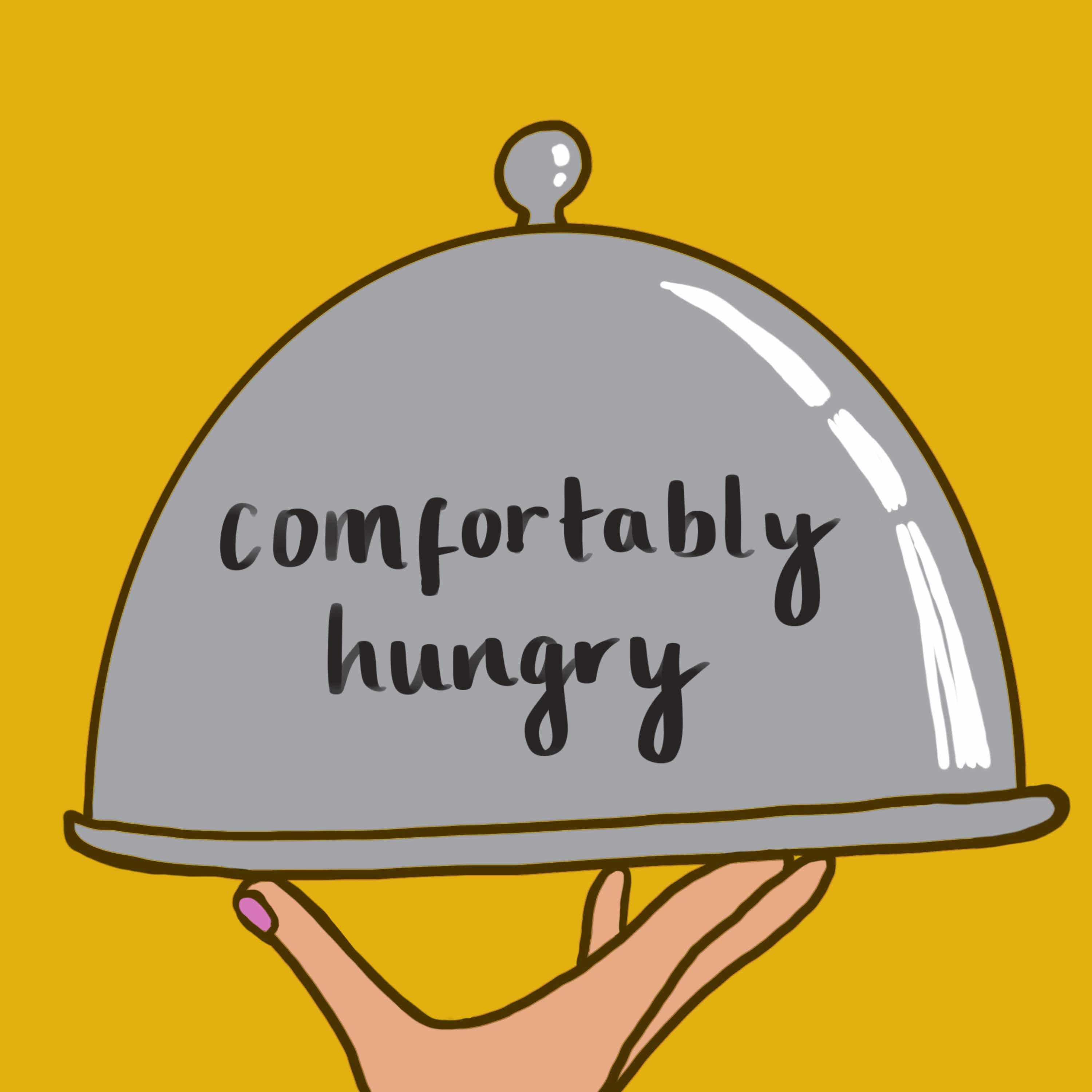Episode 5: The Monster In The Attic
Description
Pressure cookers have been hailed as a saviour of the kitchen in these financially straitened times. They cook food quickly and efficiently thereby saving energy and money. BUT… I can’t get the idea of the pressure cooker being a steaming demon out of my head, ready to spew forth its contents like Regan MacNeil of The Exorcist fame being told she has to attend church on Sunday. Hence, my pressure cooker has been buried beneath a tower of boxes in the attic for many years.
Or at least it was until I read Modern Pressure Cooking by Catherine Phipps. She has a far more positive view of pressure cookers and chats to me in this episode about the history behind this device, how it works and the benefits of this mode of cooking. So if you’re a pressure cooking doubter be prepared to be converted.
Like so much kitchen gadgetry the pressure cooker has its origins in the depths of history. A French protestant refugee called Denys Papin (1647-1713) is credited with designing a prototype for the pressure cooker. Papin’s steam digester cooked meat under pressure to produce tender, tasty and nutritious morsels. So intense was this process that even after a short period of time bones were rendered as soft as cheese. He published his results in A New Digester Or Engine For Softening Bones, Containing The Description Of Its Make And Use in 1681. Papin’s aim was that the digester could be used to make portable meat jellies for use at sea (these he argued would be more nutritious than the salted meat usually served on board ships). He concluded that when the jelly was seasoned with sugar and lemon juice he ate it with much pleasure.
The Fellows of the Royal Society were seemingly not put off by the device looking and sounding like a contraption designed for torture and were astounded by the results. Seventeenth century diarist John Evelyn exclaimed:
‘I went this afternoon with several of the Royal Society to a supper which was all dressed, both fish and flesh, in Monsieur Papin’s digester, by which the hardest bones of beef itself, and mutton, were made as soft as cheese, without water or other liquor, and with less than eight ounces of coals, producing an incredible quantity of gravy; the best for clearness and good relish, and the most delicious that I had ever seen, or tasted.’ (12 April 1682)
In the twentieth century the pressure cooker was tamed and additional safety features mean that the risk of explosion has been nullified so kitchen worktops and walls do not run the risk of being sullied by any sudden pressurised outbursts. I’m a convert, how about you?
You can find Catherine Phipps on Twitter @catlilycooks or Instagram @catherinephipps. Do subscribe to Catherine’s Substack newsletter . Catherine has written several books including Modern Pressure Cooking, as well as Citrus, Leaf, Chicken and The Pressure Cooker Cookbook.
Further Reading
Castro Opts For Steam Power, Associated Press in The Guardian, 10 March 2005
The Diary of John Evelyn, Volume 2 (M.W. Dunno, 1901)
A New Digester Or Engine For Softening Bones, Containing The Description Of Its Make And Use by Denys Papin, (1681)
Papin’s Digester by Andrea Sella and Thony Christie in Chemistry World, 1 October 2019
This is a public episode. If you would like to discuss this with other subscribers or get access to bonus episodes, visit comfortablyhungry.substack.com
More Episodes
The British High Street is on its last legs - or is it?
In Episode 4 I chat to historian, author and broadcaster Dr Annie Gray about her latest book The Bookshop, The Draper, The Candlestick Maker to find out how the British high street has evolved over the centuries. There’s talk of dodgy...
Published 11/07/24
Published 11/07/24
In Episode 3 I explore how food and death have been intrinsically linked over the centuries focusing on two extraordinary funeral feasts. First of all, I am joined by food historian and chef Jay Reifel to dissect the Emperor Domitian’s famous black banquet complete with tombstone party favours....
Published 10/31/24


